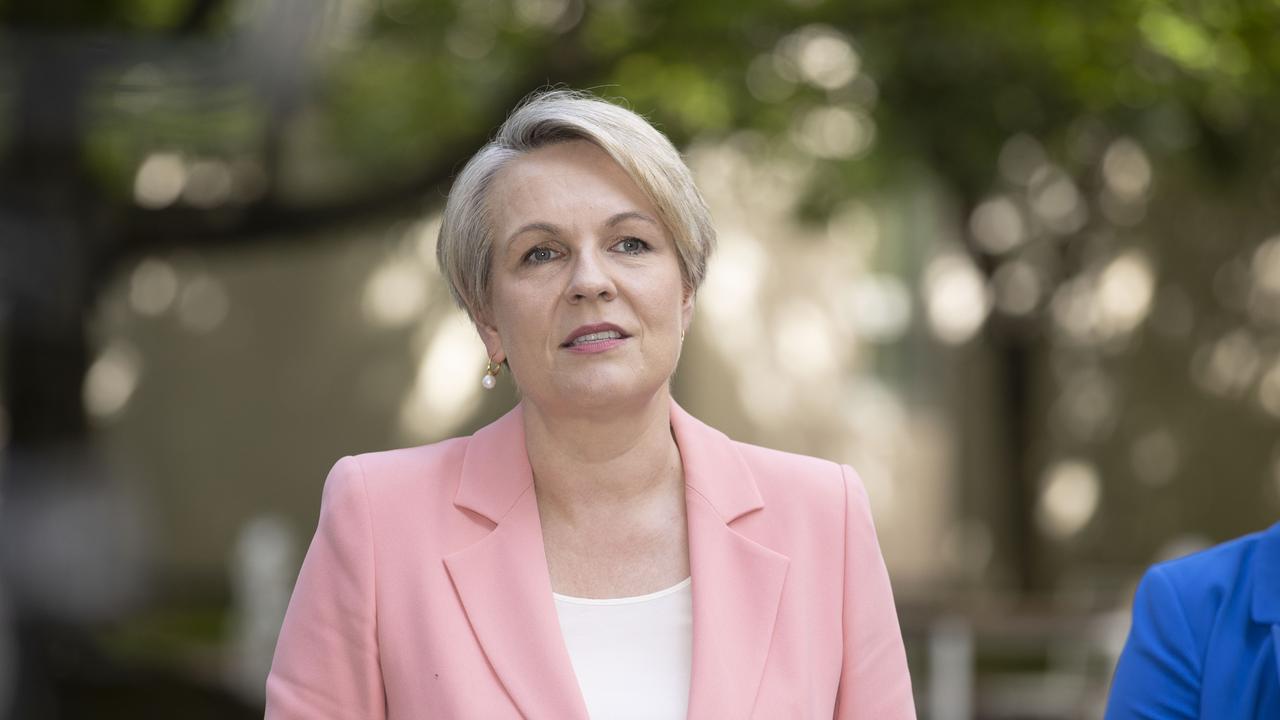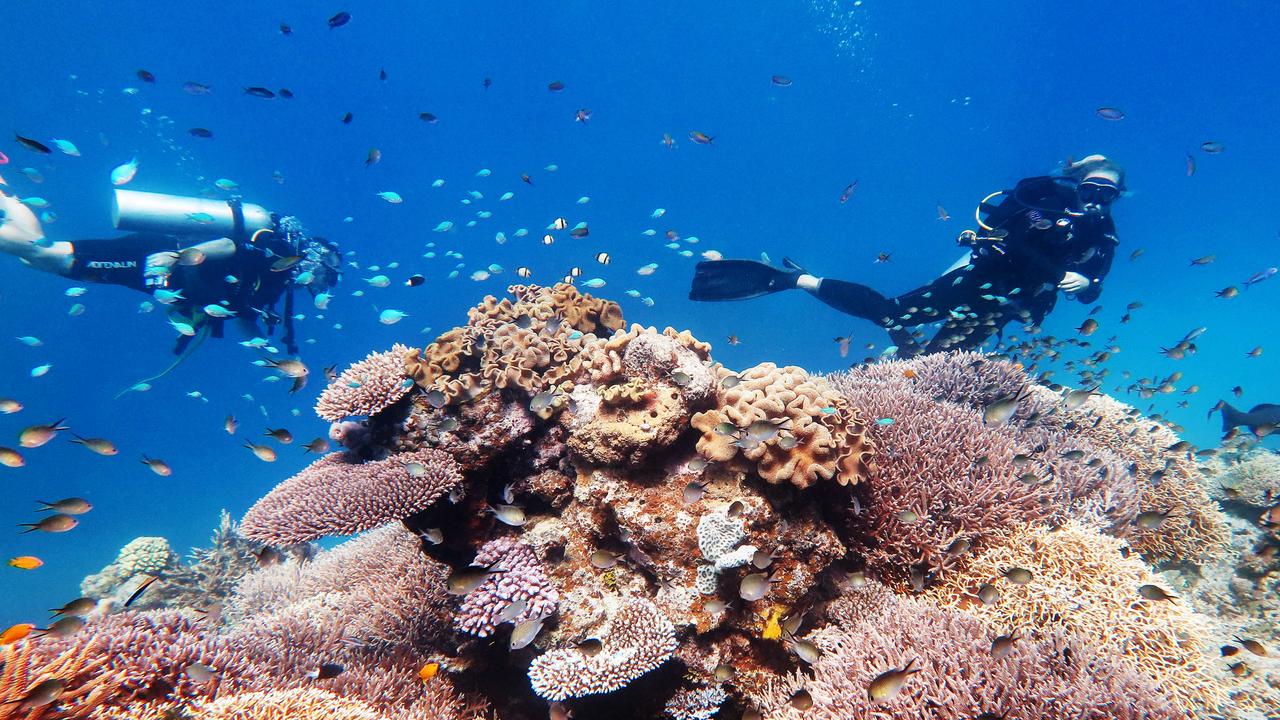Tanya Plibersek’s plan to save Great Barrier Reef from danger list
Tanya Plibersek has a plan to save the Great Barrier Reef from being listed as “in danger” by the World Heritage Council. But there’s a big reason why it may not work.
QLD News
Don't miss out on the headlines from QLD News. Followed categories will be added to My News.
Australia will push back against being “singled out” by the World Heritage Council seeking to have the Great Barrier Reef listed as “in danger”, as Environment Minister Tanya Plibersek urged green activists to work with Australia on this.
Ms Plibersek will head to Montreal next month where she will lobby WHC member countries against listing the reef as in danger, while at a UN biodiversity conference.

The tourism industry fears an ‘in danger’ listing, which Australia narrowly had deferred in July last year, could impact on the region’s reputation as a holiday destination.
But Australia faces an uphill battle to repeat the feat, as it is no longer a member on the WHC having concluded its term.
Six of 21 member countries which backed Australia early in the process last year have also finished their time as members.
This includes Spain, which openly criticised environmental groups for trying “pressure” member countries to support the in danger listing for “political interests”.
Ms Plibersek also dismissed concerns from the previous Morrison Government that China attempted to interfere with the process last time as “conspiracy theories”.
The WHC released a report, based on a mission to the reef in March, in the early hours of Tuesday morning recommending the reef be listed as in danger while also listing 10 “high priority” actions it wanted taken.
These included tougher land clearing laws, temporary closure of some fisheries, and to update the Reef 2050 plan with clear commitments on reducing emissions.
The Australian Marine Conservation Society backed the in danger listing last year.
AMCS Great Barrier Reef senior campaigner Cherry Muddle stopped short of saying the reef should be listed as in danger, but urged stronger action from the Federal Government on climate change including a 75 per cent emissions reduction by 2030 target.

“We support the science and the science is clear that the reef is in trouble,” she said.
Ms Plibersek said since March, when the report was researched, the Albanese Government had committed $1.2 billion to the reef, including taking action on water quality, crown-of-thorns starfish and a program to reduce to risk of commercial fishers catching turtles and dugongs.
“My hope is that we can work cooperatively with our scientific community, conservationists, environment groups and with those reef communities that are absolutely passionately committed to the place they love,” she said.
She also met with UNESCO director-general Audrey Azoulay in early July, where she discussed the issue.
Queensland Tourism Industry Council CEO Brett Fraser said the condition and status of the reef was critical to the state’s tourism industry.
“Any change to public perceptions of the reef as vivid and healthy will likely have an impact on visitation levels to destinations that provide reef access,” he said.
“While changes to the status of the reef are deeply concerning, it’s important to note that the call to action to protect the reef has already been taken up.”




